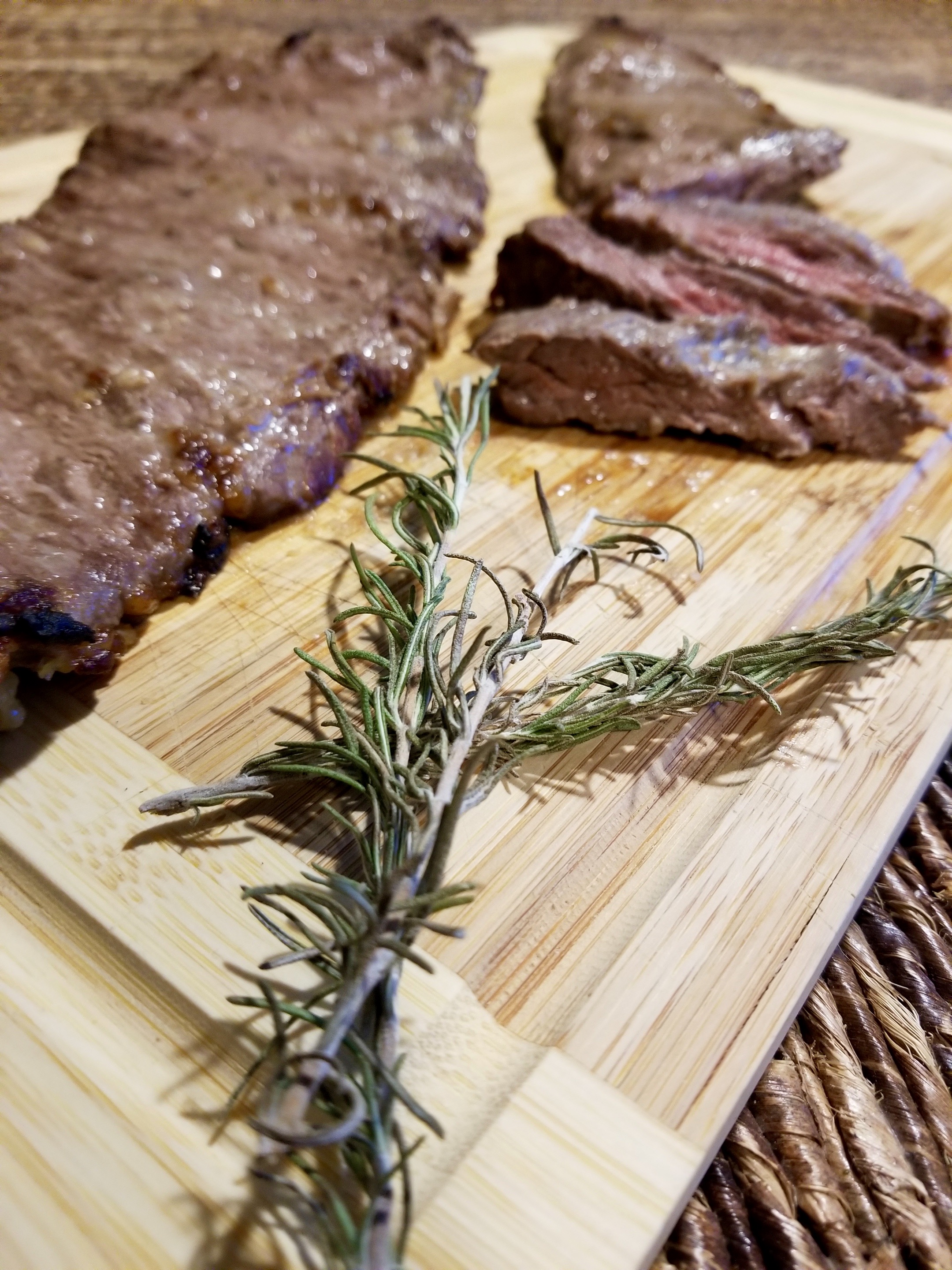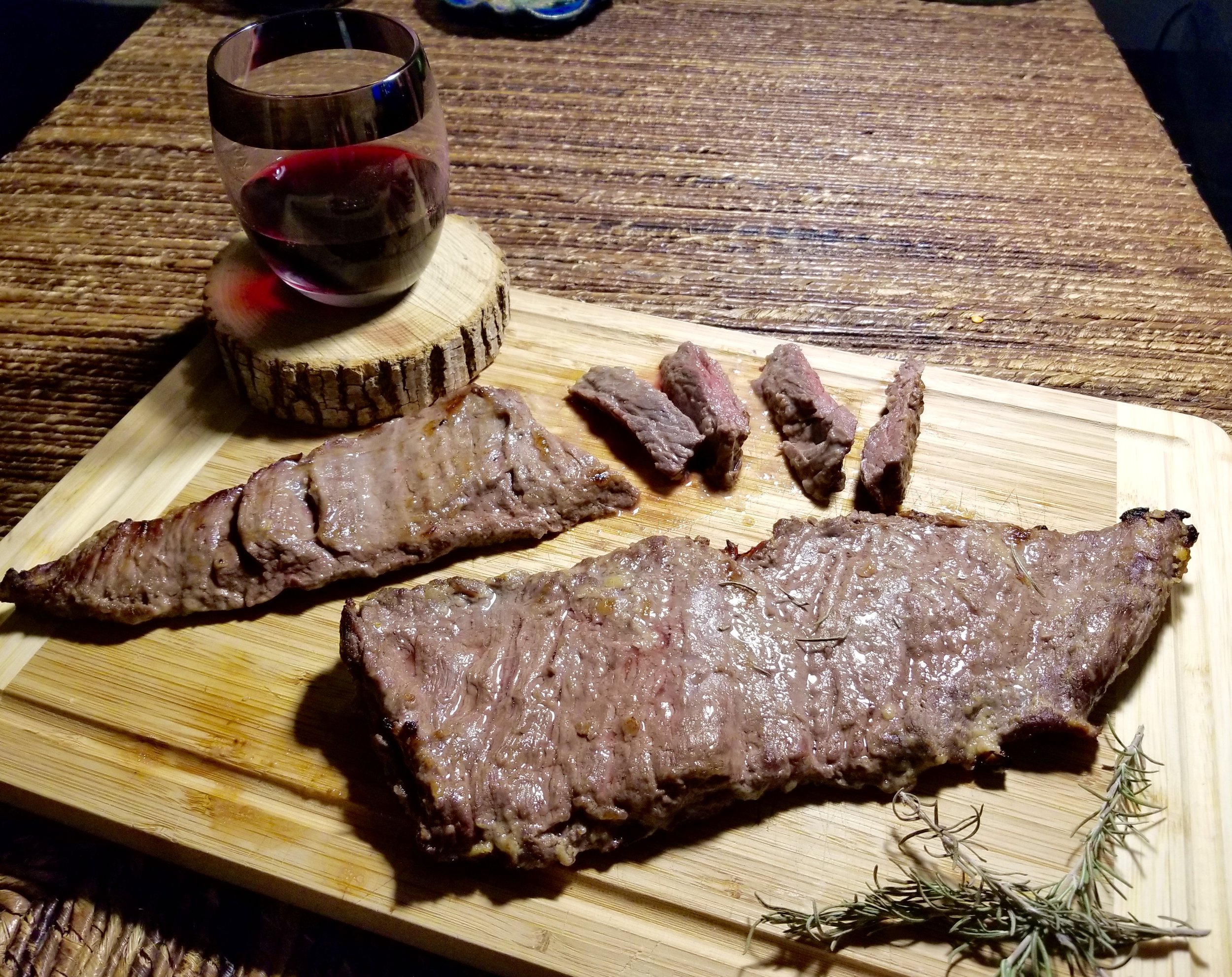In the last few years we have been diving deep into the fermentation of grains and legumes now we are ready to start sharing some of what we have learned with you. Let’s start with miso. Miso is more than just soup stock. It is an umami-rich, salty fermented paste, traditionally made with soybeans combined with a grain koji, generally rice koji, or barley, koji (with some the exception of an all soybean miso). It is a quintessential Japanese seasoning that is also a nutritional powerhouse. It plays a vital role in the kitchen and in the health of the people who use it. It is both very simple and very complex.
Like other foods made from fermented soybeans, miso inherits a number of health benefits from the microorganisms predigesting the legumes. Unique to miso is the fact that there is a whole team of microbes — the koji aspergilli, the lactic acid bacteria, the yeasts, and the bacilli — working together, or at least with tolerance for each other, to produce amazing health benefits.
Specifically, miso is high in proteins that have been broken down into amino acids and further into peptides, which our bodies can more easily turn into energy. That’s why we like to call miso a top shelf femrent.
In this recipe we simply want to help you discover how it can be used for flavor.
Miso Flank Steak
Yield: about 1 ½ pounds
Christopher inherited a gas grill from his father. It wasn’t special in any way, other than having been his father’s. By the time it came to our home it was already on the back end of its serviceable life. The metal was rusting through, as it does with old grills, yet Christopher kept it going for years with very creative fixes. The thing was, nobody else could cook on it. Like fire from a dragon, it flamed up randomly, upon which he would tame it with a water bottle, and there was nothing even about the heat. Yet the vegetables and meats he grilled were always delicious.
One day, there just was no more CPR that could be done, so he took it apart and recycled the metal. Meanwhile, we had to figure out a new way to cook a flank steak. We discovered that a long miso marinade and a quick broil is almost as good and much faster than grilling. You can use whichever kind of miso suits your fancy; we like strong misos, like red miso, or two parts white miso and one part hatcho miso. We suggest (the classic) combination of ginger and garlic but feel free to use any aromatics. Aromatics, fresh galangal, ground black pepper, horseradish, or mustard, minced, chopped, or ground as appropriate.
In the spirit of eating meat as a “fringe” portion of a meal, a few strips of flank steak are a wonderful addition to a bowl of ramen, rice, or Myanmar-Style Shan Soup.
3 tablespoons miso
2 tablespoons mirin
2 teaspoons Dijon style mustard
1 teaspoon grated fresh ginger
2 cloves grated fresh garlic
(optional)
1 ½ pounds flank steak
1. Combine the miso, mirin, mustard, and aromatics to taste in a shallow dish (preferably one with a lid). Mix well.
2. Place the steak in the dish. Rub the marinade into the steak, coating it completely. Cover the dish and place in the fridge for at least 2 hours and up to 24 hours.
3. When you are ready to cook, set an oven rack a few inches below the broiler element and turn on your broiler.
4. Wipe the marinade off the steak with a paper towel. This is important, as the thick miso marinade can burn easily. Place the steak on a broiler pan.
5. Slide the pan directly under the broiler. Cook for 4 to 6 minutes, or until the top edges are crisp and lightly charred. Flip it over and broil for another 4 to 6 minutes, or until top edges are lightly charred. When the steak is done, the internal temperature in the thickest part will be 120°F to 125°F/49°C to 52°C for rare, 125°F to 130°F/52°C to 54°C for medium rare, 130°F to 135°F/54°C to 57°C for medium, and 140°F/60°C for well done.
6. Let the steak rest for 5 minutes. Slice it, cutting against the grain, into very thin slices. It’s ready to serve immediately.



